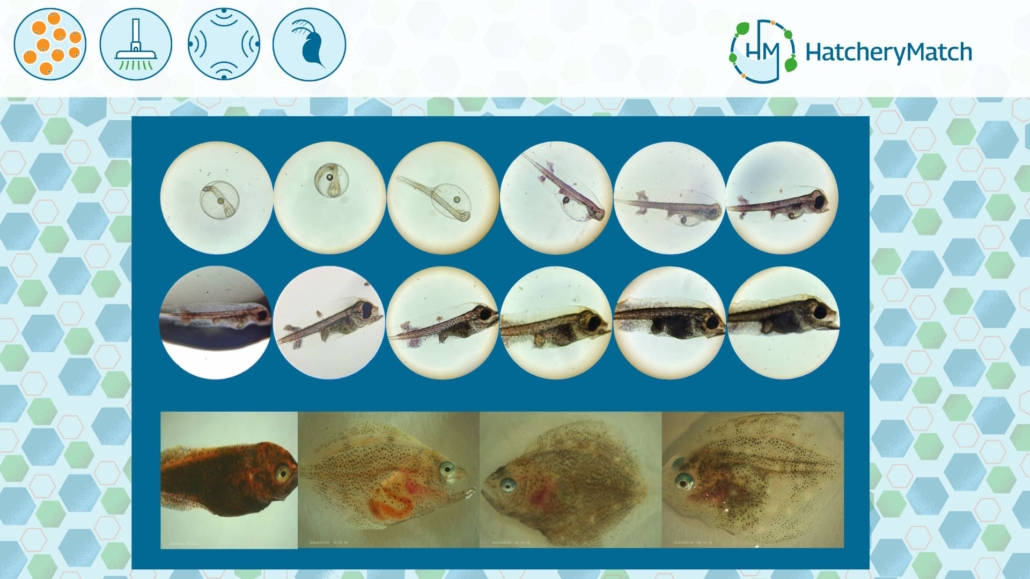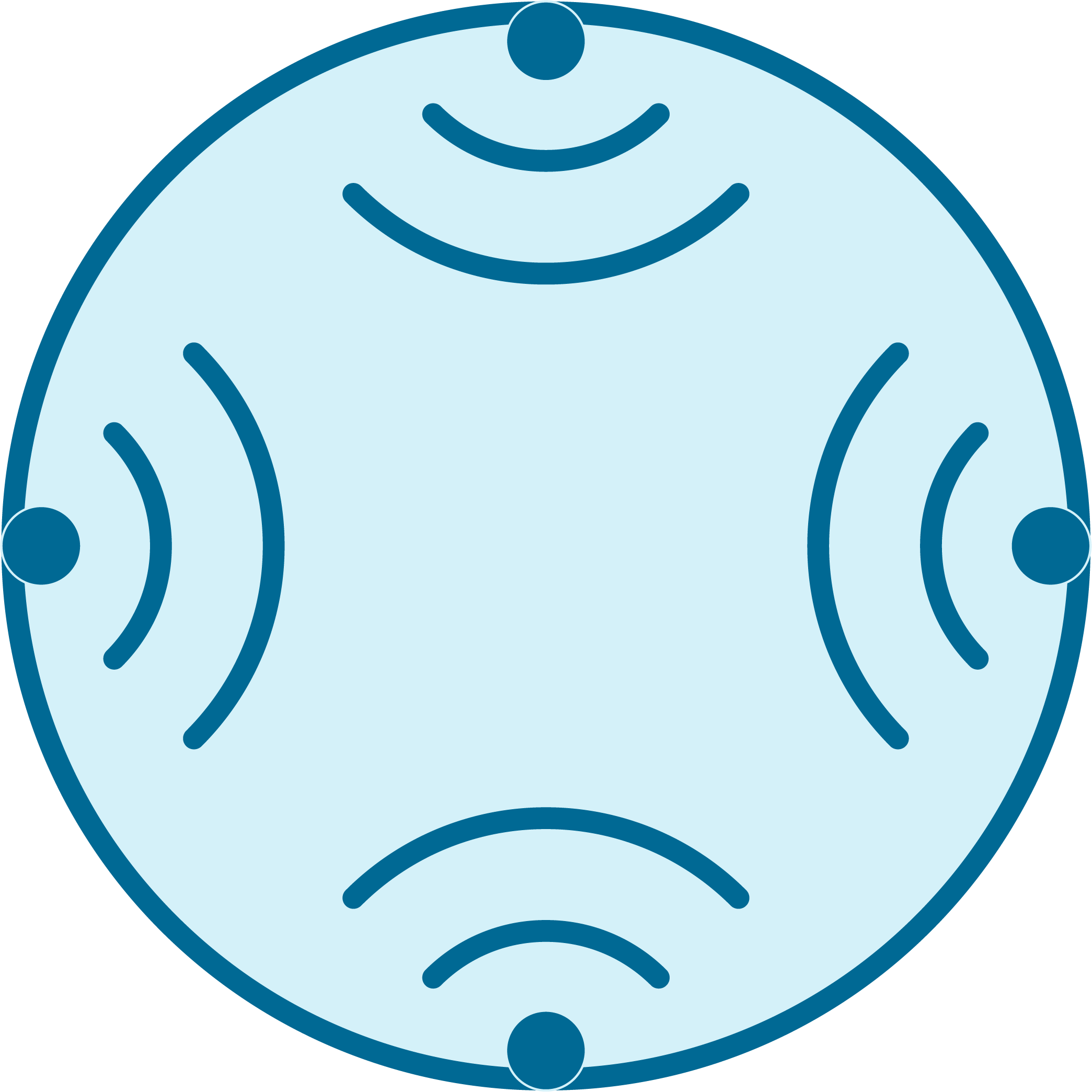Keeping track of tiny turbot
Following successful installation and optimization of an automated recirculating hatchery system, China-based researchers at HatcheryMatch project partner Fishery Machinery and Instrument Research Institute have completed experiments following turbot embryos through the life cycle at the nursery and hatchery stages. During these trials, turbot embryos hatched and resulting larvae underwent metamorphosis, the process responsible for the unique body plan of adult flatfish caused by the migration of one eye to the opposite side of the head. Researchers regularly sampled these fish to assess their health, bacteria loading, and water quality at every life stage in between.
Similar experiments will be carried out to determine the efficacy of the novel automated recirculating hatchery system and its integrated technologies that have been developed as part of the HatcheryMatch project. We can’t wait to see how an embryonic image analyser, automatic live feed delivery system, an ultrasound disinfection device, and bottom cleaning device influence the health and quality of young turbot in RAS!
For more updates on our project visit our LinkedIn
Project HatcheryMatch funded by the Malta Council for Science and Technology through the Sino-Malta Fund 2020 (Science and Technology Cooperation). An Automated Marine Fish Hatchery with Innovated Water Recirculation Technologies (HatcheryMatch, Grant No. 2020YFE0108700, also funded by the Ministry of Science and Technology, China.


